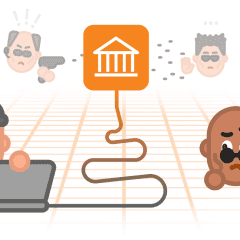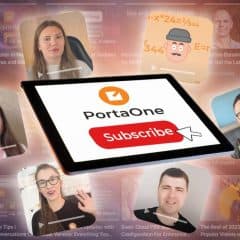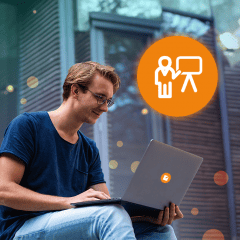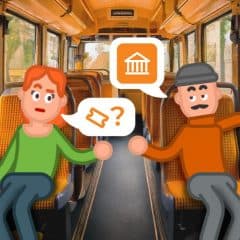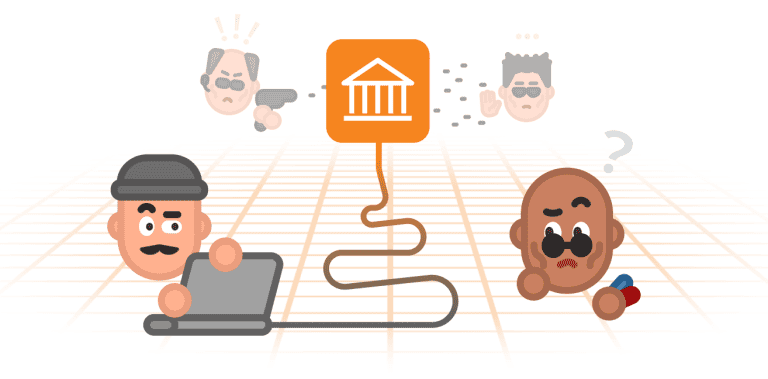

Latest post
Always Test Before You Launch: The PortaOne Billing Simulator Unveiled
The PortaOne Billing Simulator is our lean experiment to bring simulation-driven development to telecom billing. Inspired by healthcare, space, and SaaS, we’re building a tool to safely test telco pricing ideas, validate profitability, and integrate with CRMs, before you ever go live.

Revolutionary “Piece of 🏴 Scotland” — Our Hardy Migrating to SaaS in Telecom
Can you “own a piece of the cloud” in the same way you can “own a piece of Scotland” after becoming a “friend of Laphroaig”? We cover that and other essential life questions in this lochs-and-highlands themed story.
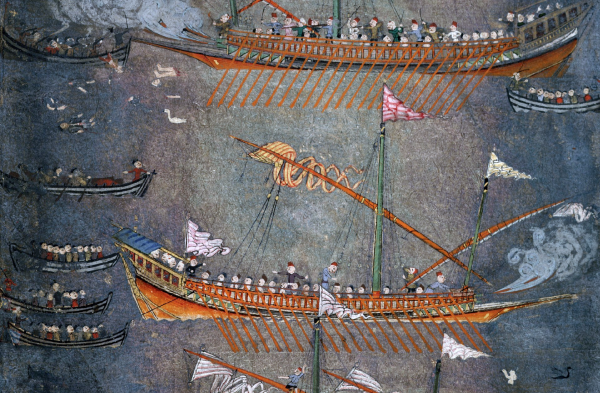
Breaking the Monolith to Microservices in Telecom (and What the Ottomans Have to Do with It)
If you lived in Europe during the Middle Ages, you would have heard of the Ottomans. If you live in the XXI century, you will have heard of Netflix. Now, learn the secret wisdom and lessons in software architecture that connect these two empires.

Everything You Wanted to Know About Click-to-Call but Were Afraid to Google
Click to call, CTC, click-to-call – there are plenty of ways to spell the type of solution that allows you to dial any phone number with a single click. Discover how they can affect the productivity of your team.

What Connects Source Code Ransom, PortaOne, Captain Phillips, and the US Navy? ⚓
It was a regular Thursday morning for Roman Khalenkov, chief commercial officer at PortaOne. Roman brewed his coffee and posted a new set of Barcelona street art to his Instagram. He then opened his office email and…
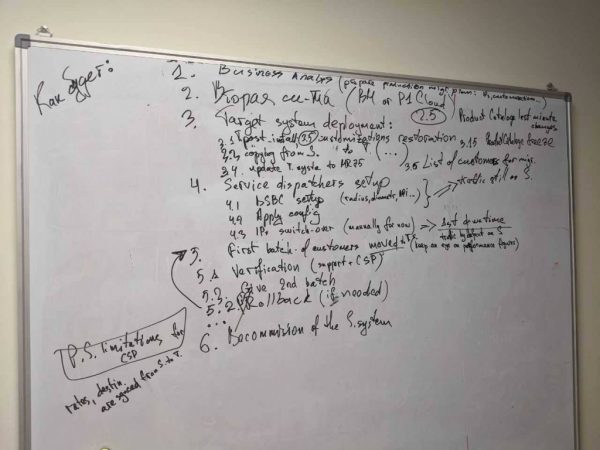
What Is MR? Part 4: How We Closed the MR Gap with Dual Version
Dual Version allows gradual migration of customer batches to a new release, avoiding the risks of unexpected downtime and impaired user experience. In this story we explain how we launched DV, failed, pivoted, and re-launched it again successfully. We also tell the story of a smart dude who never gives up.
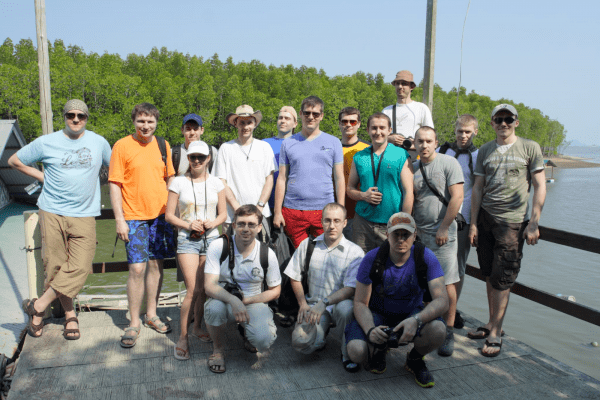
What Is MR? Part 3: How We (Successfully) Launched Agile Delivery in Telecom
Agile, Scrum, and Kanban were fancy in the 2000s. Today, it seems, everyone in software development either tried them and dropped them or is a staunch devotee. But our experience with Agile in the 2020s is a bit different – and particularly interesting.

